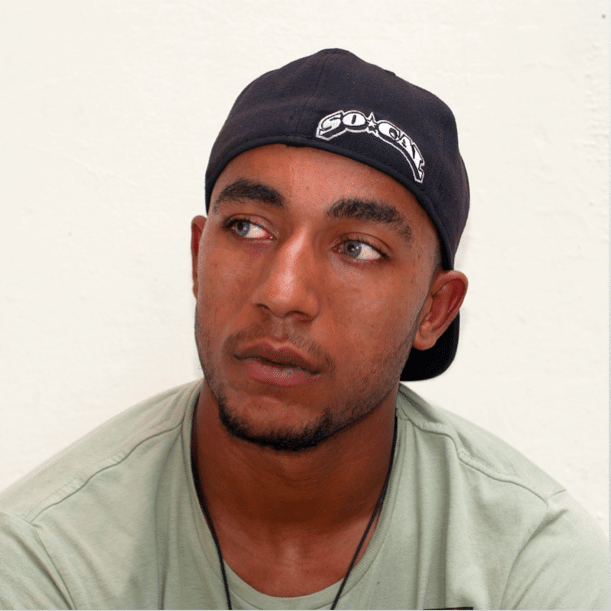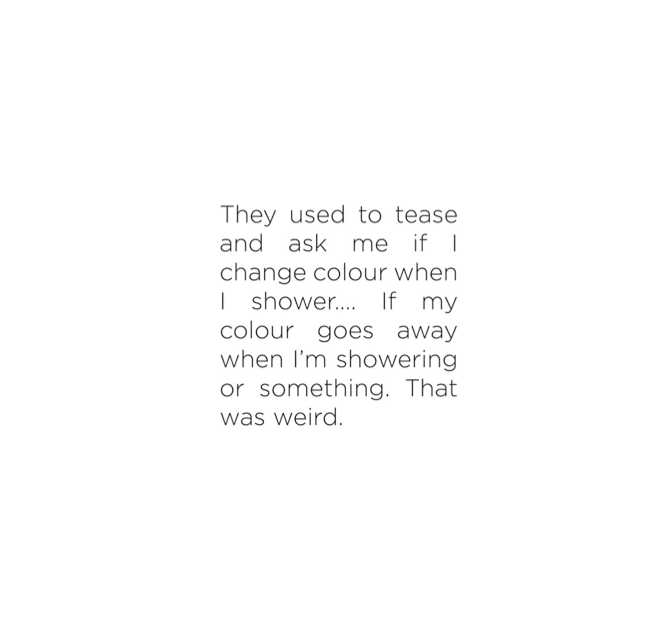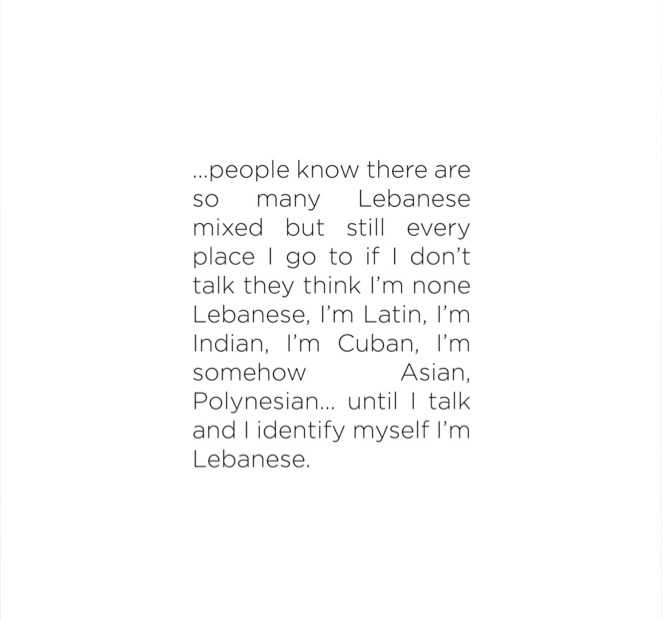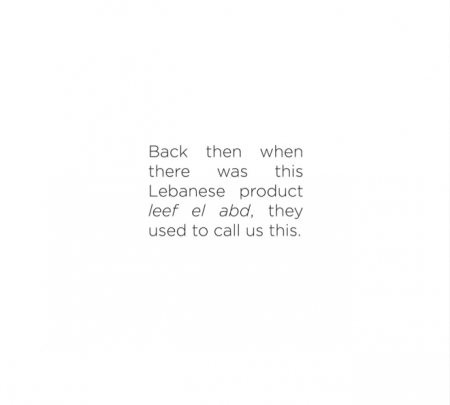Mixed feelings
On "race" and Lebanon
Warning: Use of undefined constant ids - assumed 'ids' (this will throw an Error in a future version of PHP) in /home/clients/cbf26065d2af2a606c600e47be560e46/web/wp-content/themes/mn2/theme/inc/theme_functions_cleaning.php on line 61
Lebanon, a country at the crossroads of cultural and intellectual traits, has long been characterised by migration. In rough times, Lebanese have left their homes to find peace and safety elsewhere, and when the dust settled, those who didn’t stay in their newly acquired homes returned. Migration works the other way too: Lebanon today is home to hundreds of thousands of expatriates, guest workers and refugees from places like Palestine, Syria, Iraq. But in spite of this cross-cultural element – what many would say is an intrinsic part of Lebanese society – there is xenophobia.
This is what made Nisreen Kaj, a Lebanese copywriter and creative who has worked on migrant worker issues for the past four years, start the photo project Mixed Feelings, which examines xenophobia in Lebanon. Kaj, a Nigerian Lebanese who has lived, worked and studied in Lebanon since 2001, says that her interest in the issue grew out of her own relationship with race and racial identity.
“Living in Beirut as a black Lebanese has always made it blatant to me the hierarchy of skin colour and ethnicity here. I had the idea for the project in 2010 but was unable to realise it at that time. In 2011, I got to know Marta Bogdańska, a Polish photographer, culture promoter and artist living in Beirut. I mentioned the idea to her in conversation as she works quite a lot on social issues through photography. She was immediately interested, and we worked on the project together from the summer of 2011 until September the same year. What started out on a personal level quickly became a full-blown project addressing a different side to a growing, yet largely unaddressed, social issue in Lebanon.”
Kaj and Bogdańska first did a sample of ten or so photos, starting with their friends, who then put them in contact with other people. The two of them approached the Heinrich Böll Foundation, which was immediately receptive to collaborating on the project. Kaj left for the UK to complete a master’s programme; Bogdańska stayed in Beirut. They continued to work on the project, each in a different city, until this summer, when Mixed Feelings was exhibited at Beirut’s Dar Al Mussawir.

Kaj describes the deeper notions behind their project: “At the core of the discourse on racism in Lebanon is the template narrative of ‘us’ versus ‘the outsiders’ or ‘the Other.’. Also, due to the demographic of those identified as ‘Others’ and the work many of them do (there is an estimated 200,000 to 400,000 migrant domestic workers currently in Lebanon), racism has escape scrutiny and/or in-depth analysis as it easily passes itself as classism.” In this environment, Lebanese of mixed heritage have found themselves cast aside as a subaltern group, says Kaj. “They are the victims of race-thinking and racism. To alter the course, there is a need to clear the space for multiple voices. Our project is inspired by all the factors that come into play when looking at these issues.”
The Lebanese portrayed in Kaj and Bogdańska’s series are from different backgrounds – they have African, Asian or mixed heritage. “Historically, ‘racial mixing’ has never been seen as a good thing,” says Kaj. “Look at the word ‘mulatto’ – its Portuguese origin is mulos, meaning ‘mule’.” But mixed identities bring a unique position to the discourse. “Their existence blurs racial lines and challenges the fixedness of identity, and the social construct of race and its ties to national belonging that people tend to hold on to,” she continues. “Mixed identities appear to be, on the surface of things, occupiers of both ‘us’ and ‘them.’ So, as a social group, these individuals are often identified by what they are not, and therefore experience racism as much as ‘outsiders’.”

Edits by Stephanie Watt and Ellie Swingewood.























One thought on “Mixed feelings”